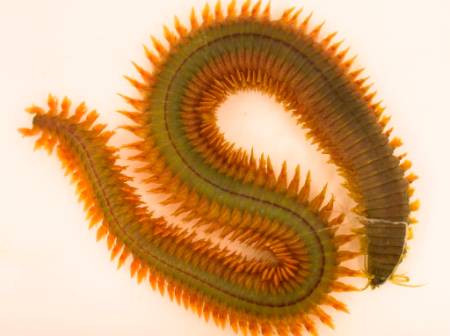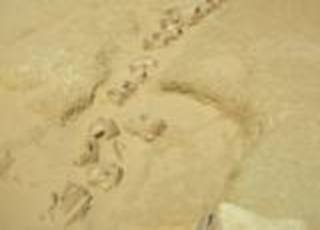An interdisciplinary team of Museum mineralogists and zoologists, with external collaborators, have been looking at the impacts of nano particles on the environment for some years. Silver nanoparticles (AgNPs) are widely used in industry for manufactured goods and this may result in environmental impacts, notably within aquatic ecosystems. Silver can be toxic to living organisms when they are exposed to it by selected routes and in particular forms. It's important that in pursuing the positive benefits of NPs, we are able to understand and avoid the negative impacts.
Scientists have over many years developed understanding of which substances are toxic, and why. Sometimes this knowledge will have come about as a result of seeing the effects of unintended exposure to humans in factories or accidentally contaminated food. Exposure to toxic substances can result in death or very serious health effects to humans or other organisms. However, we have a lot to learn - much of our understanding has arisen from particular cases or studies and one area of particular complexity is exposure through the environment.
We are exposed to a whole range of chemical substances in our environment, often at very low levels of concentration and sometimes over many years. The same is true of other organisms - although the effects of particular substances will be different for different species, as a result of their different genetic makeup, diet, habitat and other factors. Further, exposure to different combinations of chemical substances can lead to the toxic effect of a particular substance being decreased or increased in a particular and often unexpected way.
The use of nanoparticles has increased tremendously in recent years in industry. Nanoparticles are very tiny particles of a substance - less than 100 nanometres in all three dimensions (one nanometre is one billionth of a metre). This size means that they can have different chemical, physical and biological properties from larger particles, and this includes their toxic effects.
The study looked at estuaries, which are complex environments and often the site of human industrial developments. Sediments in estuaries are sinks for numerous pollutants, but also habitat and food for deposit feeders (eating the sediments) such as the polychaete worm Nereis diversicolor.
Ingested sediments were investigated as an important route of uptake for NPs. The Museum scientists looked at N. diversicolor that had eaten sediment contaminated with either citrate-capped AgNPs (30 +/- 5 nm) or aqueous silver for 10 days. The experimental results indicate separate routes for silver to enter the cells of the worms and differing final locations of Ag delivered in dissolved and NP form.
For AgNPs an endocytotic pathway appears to be a key route of cellular uptake - endocytosis means that the NPs are ingested by the cells of the organism, engulfing the NPs into a vacuole within the cell, in contrast to the usual cross-membrane transport of dissolved substances.
All these findings lead to a better understanding of how organisms respond, interact and deal with NPs - this is complex and will have a substantial influence on toxic effects and environmental impact.
GARCIA-ALONSO J, KHAN F R, MISRA S K, Turmaine M, SMITH B D, RAINBOW P S, LUOMA S N, VALSAMI-JONES E 2011. Cellular internalization of silver nanoparticles in gut epithelia of the Estuarine Polychaete Nereis diversicolor. Environmental Science and Technology 45: 4630-4636.





